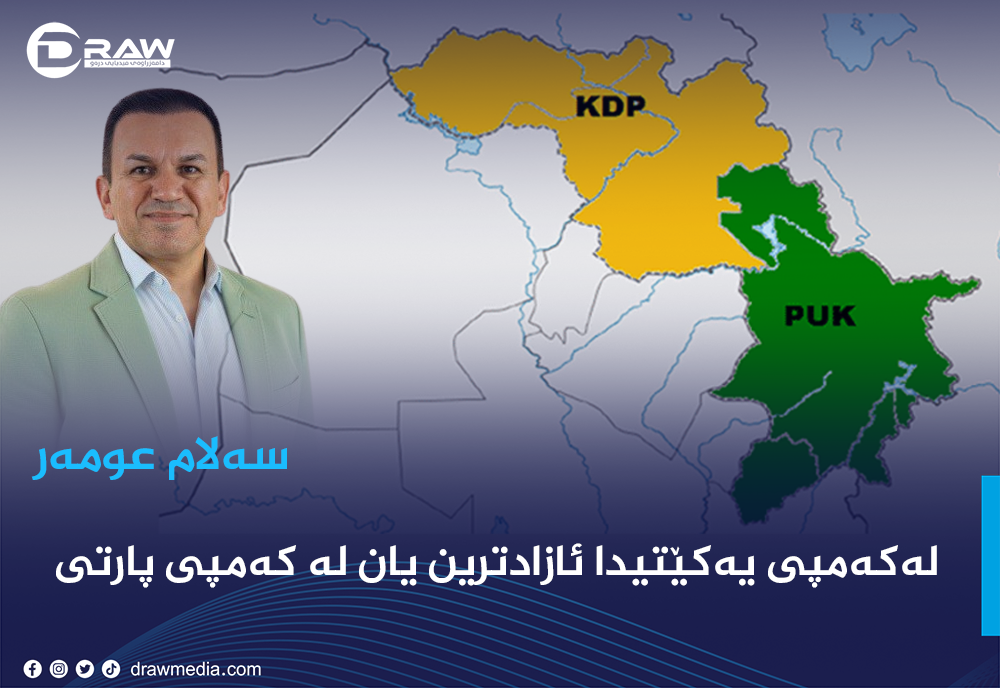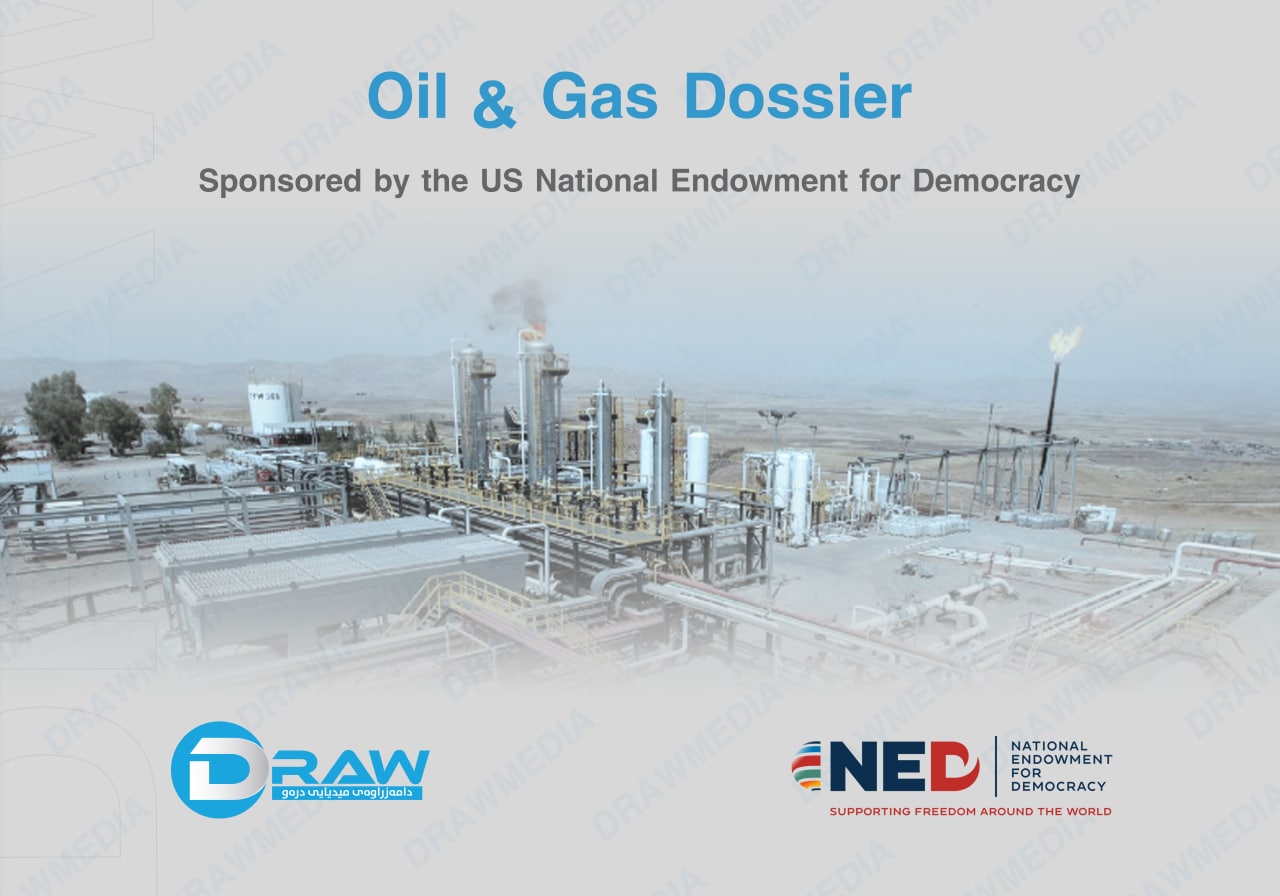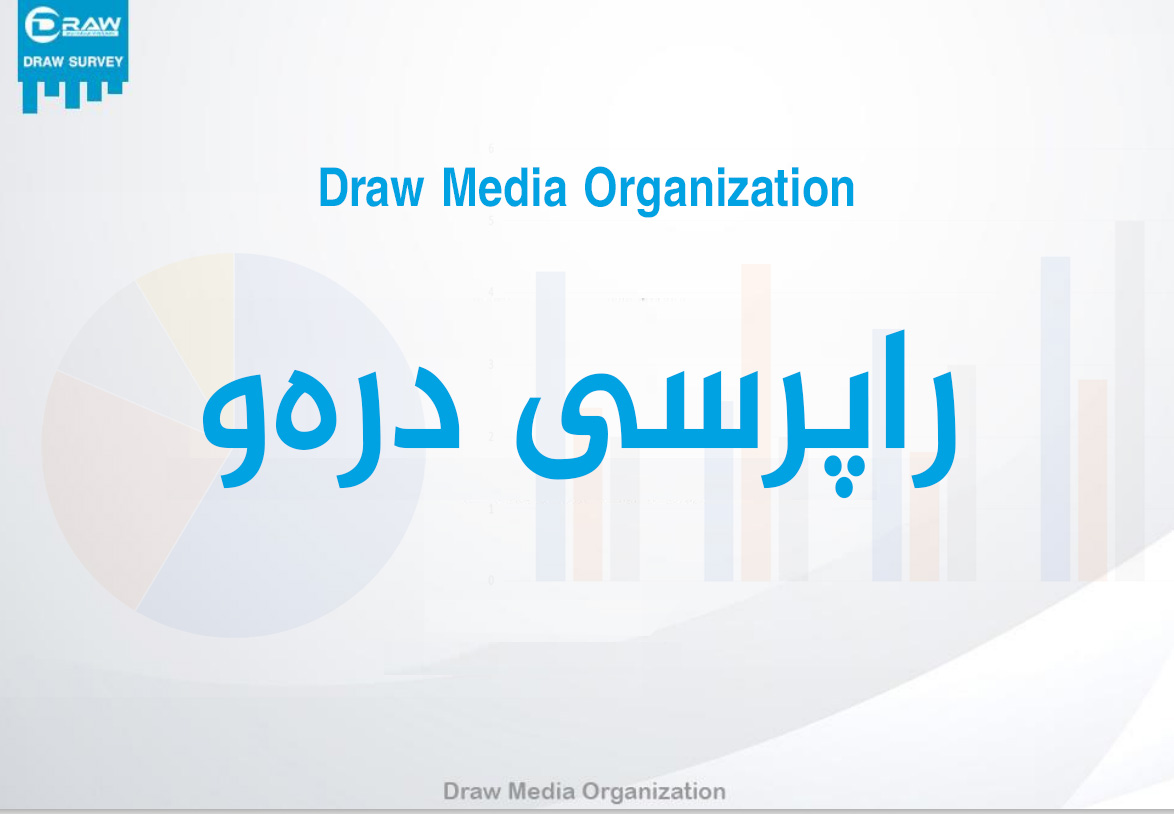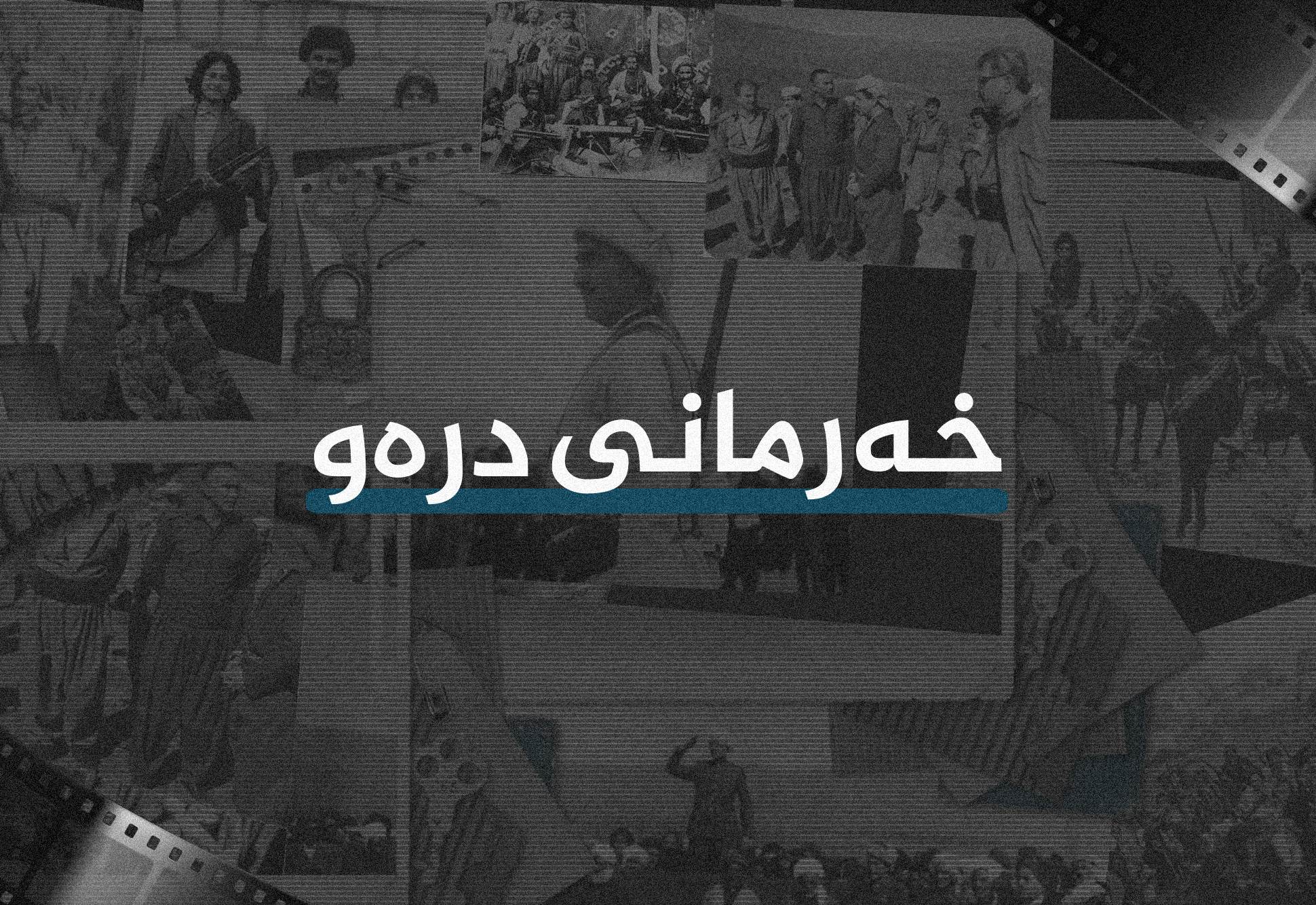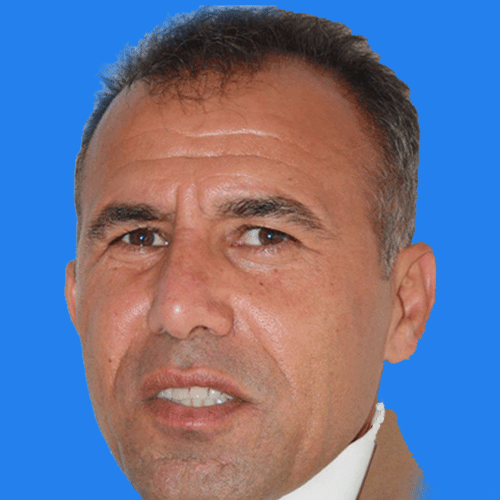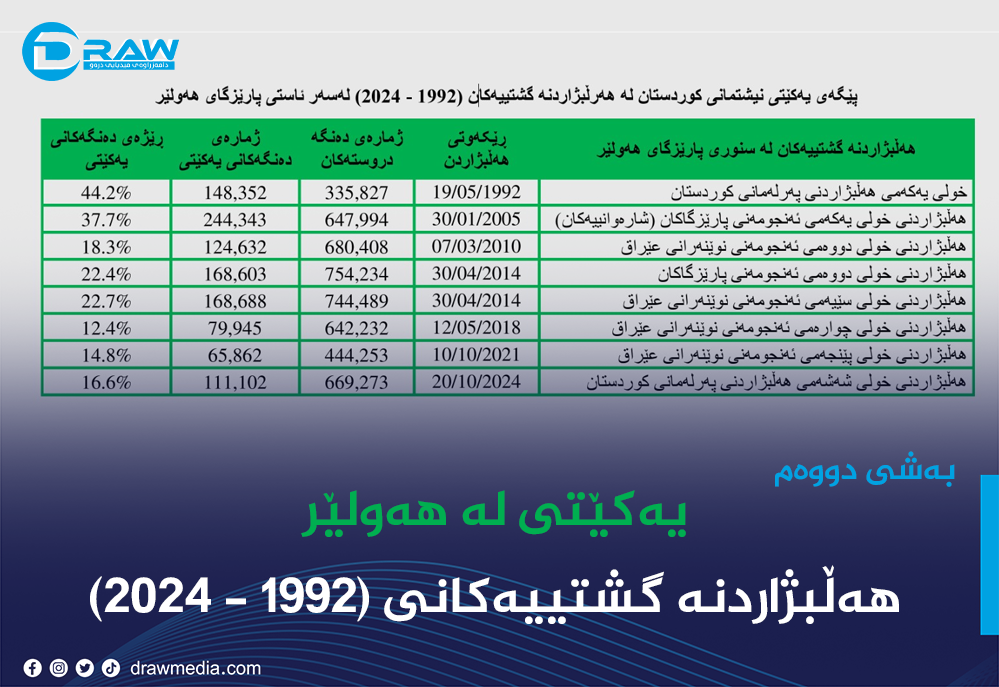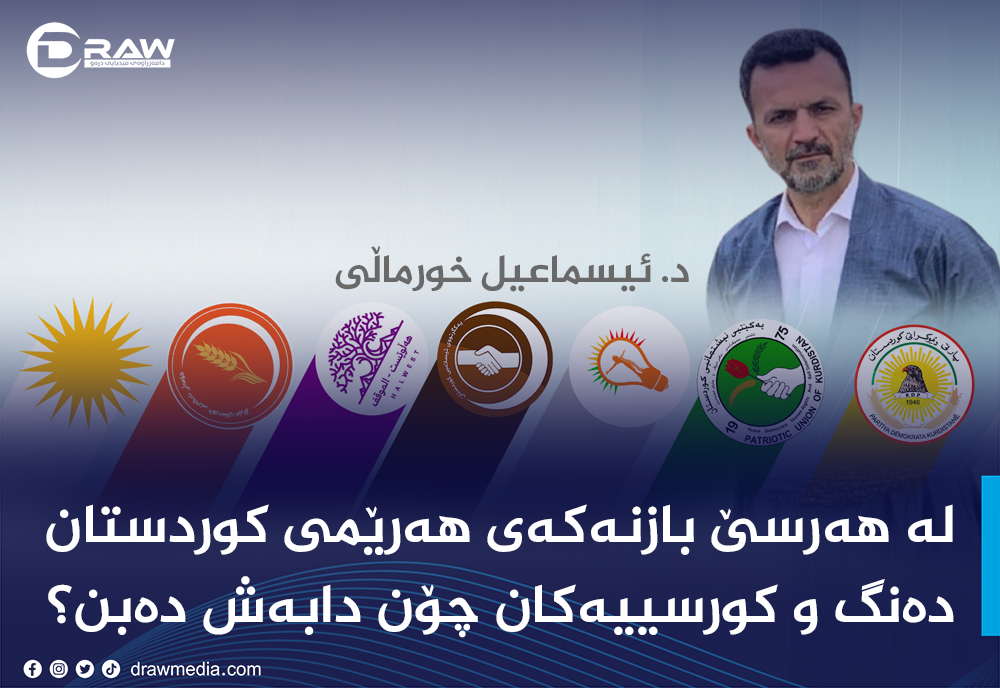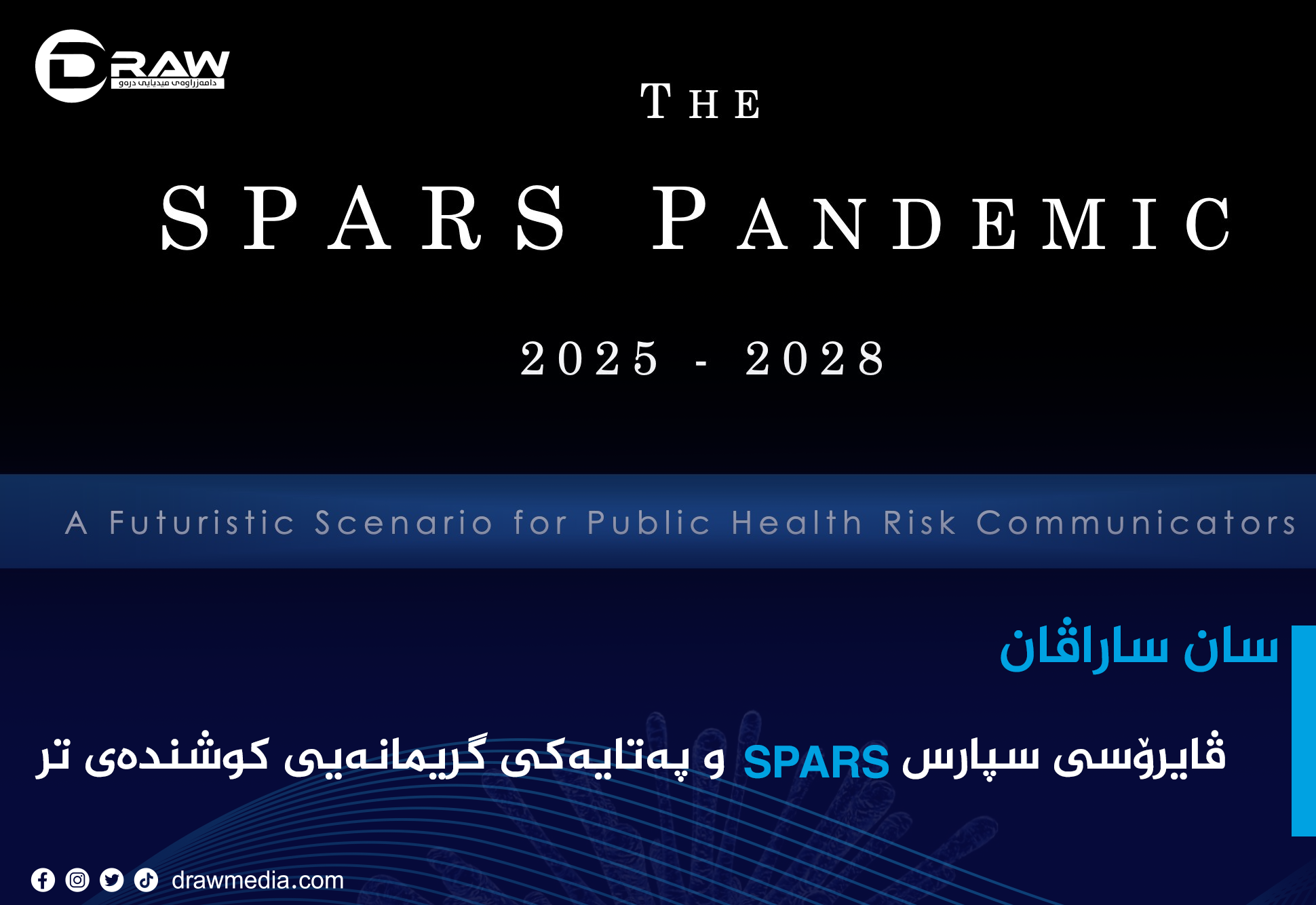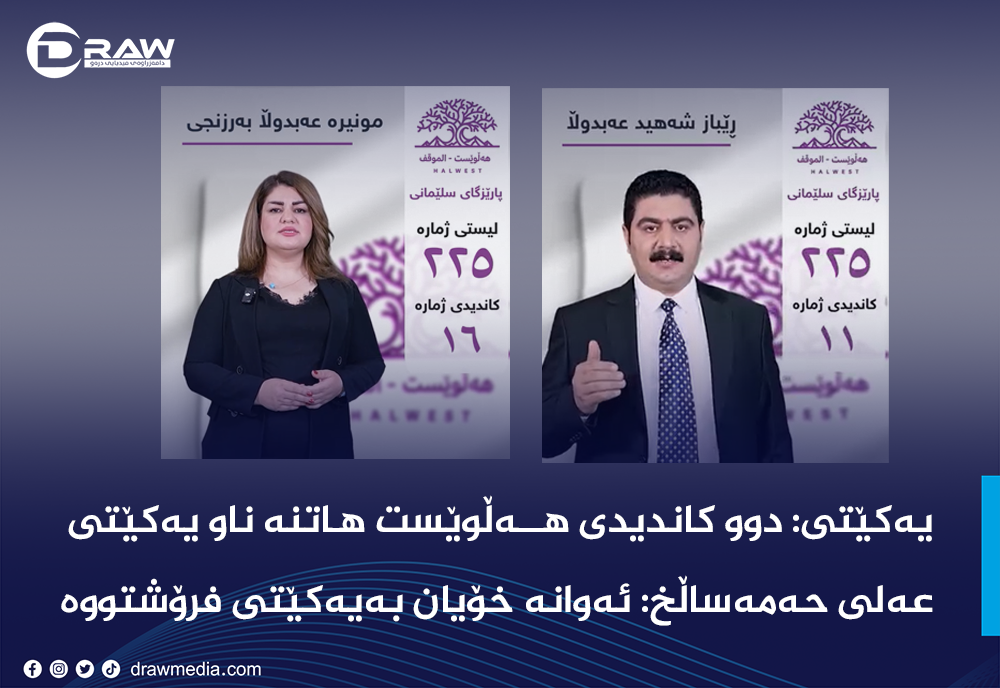Genel Considers Impairment At Iraqi Kurdistan’s Sarta As Latest Well Flops
.jpg)
2022-12-17 07:03:28
Draw Media, mees
Iraqi Kurdistan’s crude oil production has been stuck at around 415,000 b/d since the pandemic. Once seen as the next great frontier province, the next generation of field developments are proving underwhelming amid geological setbacks.
The November 2020 startup of the Sarta field in Iraqi Kurdistan marked a major milestone for the region as the first new field to enter production since 2017 (MEES, 27 November 2020). But more than two years later production has dwindled from initial levels and work on appraising new areas has flopped, leading operator Genel to this week announce an impairment review.
Production at Sarta (Genel 30%op, Chevron 50%, KRG 20%) has averaged just 4,000 b/d so far this quarter, Genel said on 13 December. This is flat with Q3, but well down on the 2021 average of 5,940 b/d, never mind the 1H 2021 average of 6,490 b/d. This is not the trajectory Genel envisaged when it farmed in to the block in January 2019 (MEES, 25 January 2019), and leaves output well below the capacity of Sarta’s 20,000 b/d early processing facility (EPF).
Genel also farmed in to another Chevron block in 2019, the Qara Dagh exploration license. This too has disappointed, with the partners announcing in January that drilling had been suspended after “encountering more complex geology above the target reservoir than expected” (MEES, 21 January).
Kurdistan output was 418,000 b/d in Q2 according to official figures. The latest setbacks mean that the location of any major future gains beyond this are hard to discern. A new 25,000 b/d production facility at the HKN-operated Sarsang block is now online (MEES, 18 November), but more greenfield developments are required if significant sustainable gains are to be realized. Perhaps the DNO-operated Baeshiqa license (600 b/d in Q3 after September start-up) can provide good news for Erbil.
SARTA SETBACKS
Back in 2015, Chevron retained the Sarta block while relinquishing the neighboring Rovi asset because it saw greater potential at Sarta (MEES, 4 December 2015). In 2016, the US giant said that preliminary appraisal results were very encouraging (MEES, 9 December 2016), but after finally coming online Sarta has proven disappointing.
The results are not due to a lack of investment. Genel says that of $164mn capex in 2021, $105mn was invested into Sarta and Qara Dagh. In the first half of 2022, Genel’s capex came in at $75mn, of which $27mn was for Sarta.
Sarta is being produced through a three-well pilot program. The Sarta-2 well came online in March 2021, at which point Genel said production had hit 10,000 b/d. However, that wasn’t sustained and the monthly record stands at June 2021’s 8,400 b/d. Shortly after Sarta-2 came online, water ingress problems hit Sarta-3, resulting in the well being “partially plugged back to manage water ingress from the Adaiyah [reservoir] production stream (MEES, 6 August 2021).”
Heading into 2022, Genel took over as operator on 1 January in line with the terms of its farm-in agreement and then-CEO Bill Higgs said “Our priority is the derisking and commercialization of Sarta,” with full year capex of $45-80mn forecast. As well as well testing of the Sarta-1D well in the pilot area, the key planned focus was on the Sarta-5 and Sarta-6 step out wells which “are designed to appraise the field away from the pilot production facility and will be key in resolving the current uncertainty over the size and shape of the Sarta field.”
Sarta-1D was brought online on 8 March, but on 10 May, Genel announced poor results from the Sarta-5 well. “None of the intervals tested were able to support sustained flow of reservoir fluids, indicating that the reservoirs at this location are tight. This was identified as a critical pre-drill risk of this appraisal well,” the firm announced (MEES, 13 May). The well is located around 12km east of the pilot EPF.: FURTHER DISAPPOINTMENT
Since then, the primary focus has been on the Sarta-6 well located 6km west of the pilot EPF. The results were a further blow to Genel’s hopes for the field. “Following the results of the two appraisal wells and ongoing pilot production, with field production averaging 4,000 b/d for Q4 to date, it is clear that initial field expectations are unlikely to be met, and hence Genel will be required to undertake an impairment review of the carrying value of the asset,” the firm announced. Genel put Sarta’s book value at $114.4mn for 2021.
Genel says that “12 intervals were completed for individual, isolated, zonal testing.” The Lower Jurassic intervals were the primary focus, but “all flowed formation water only,” while the Middle Jurassic intervals “flowed heavy oil” of 9-11° API.
In fact, oil of 9-11° API is substantially heavier, and thus lower value, than ‘heavy oil’ as normally defined (around 20-25° API): oil with an API in this range is more akin to tar than crude. It would also be unlikely to flow at normal temperatures and pressures, substantially adding to production costs.
“The potential for longer term development and monetization of these heavy oil resources will be assessed as part of the joint venture’s view of future Sarta field development,” Genel says.
For now, Genel’s hopes of raising output rest with a re-completion of the Sarta-3 well which is planned for this quarter.







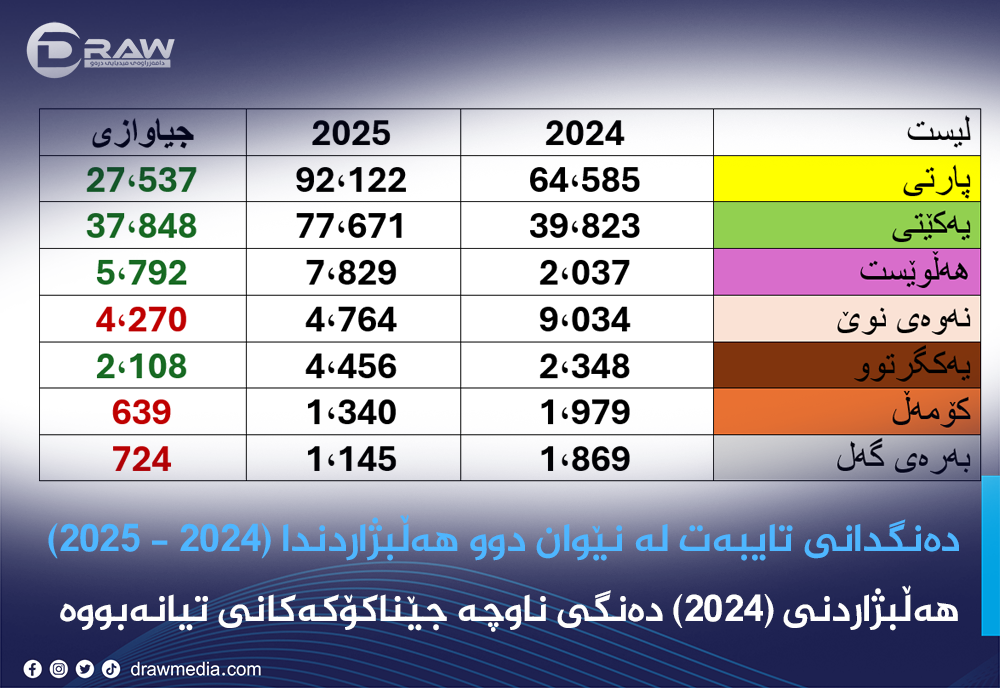
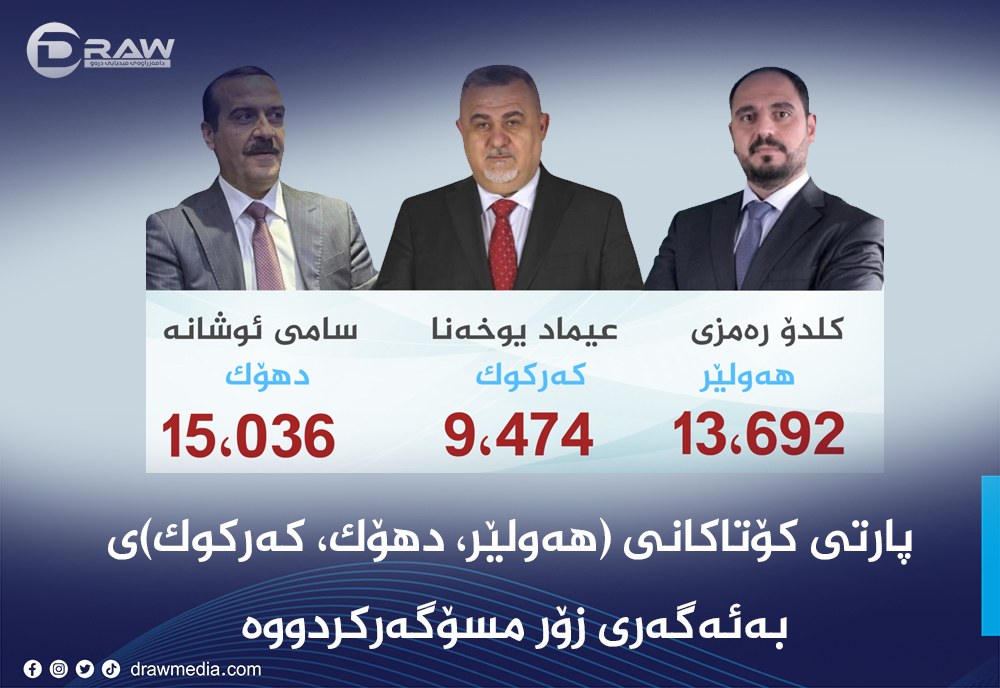
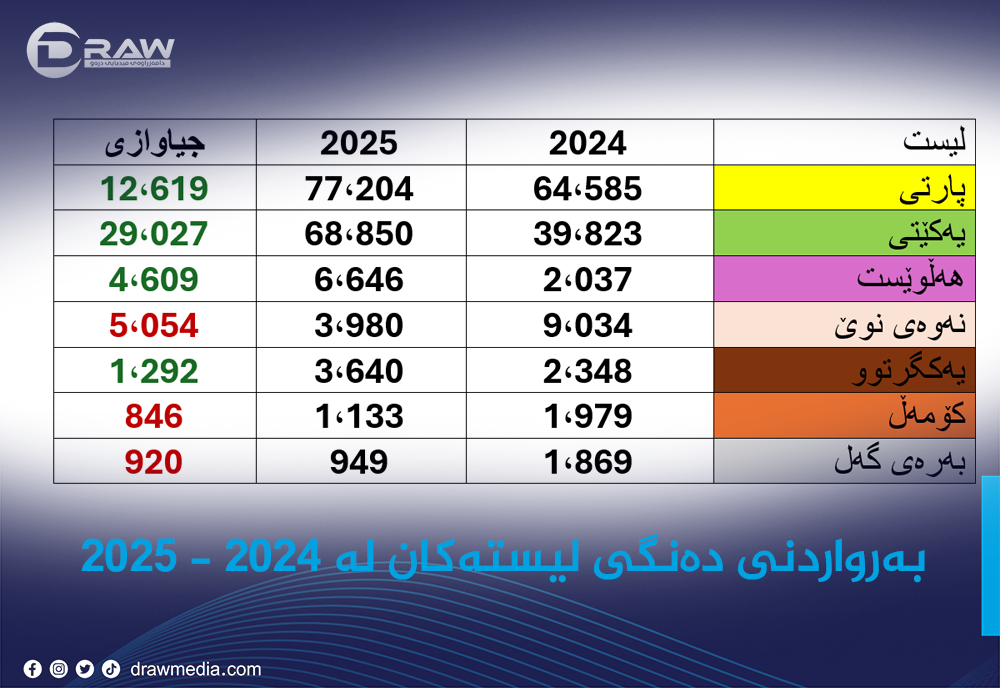
.png)

